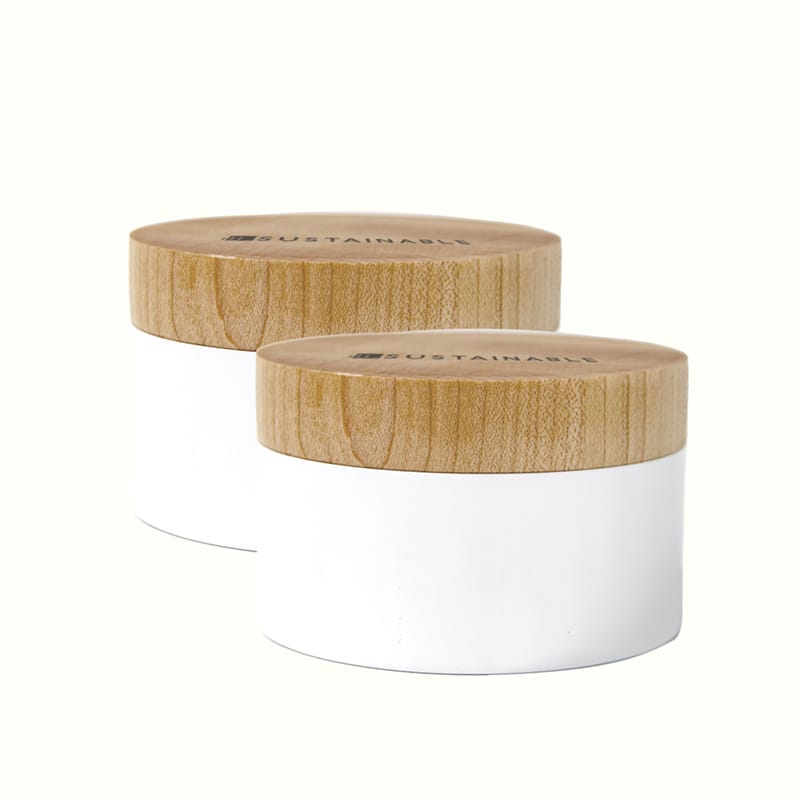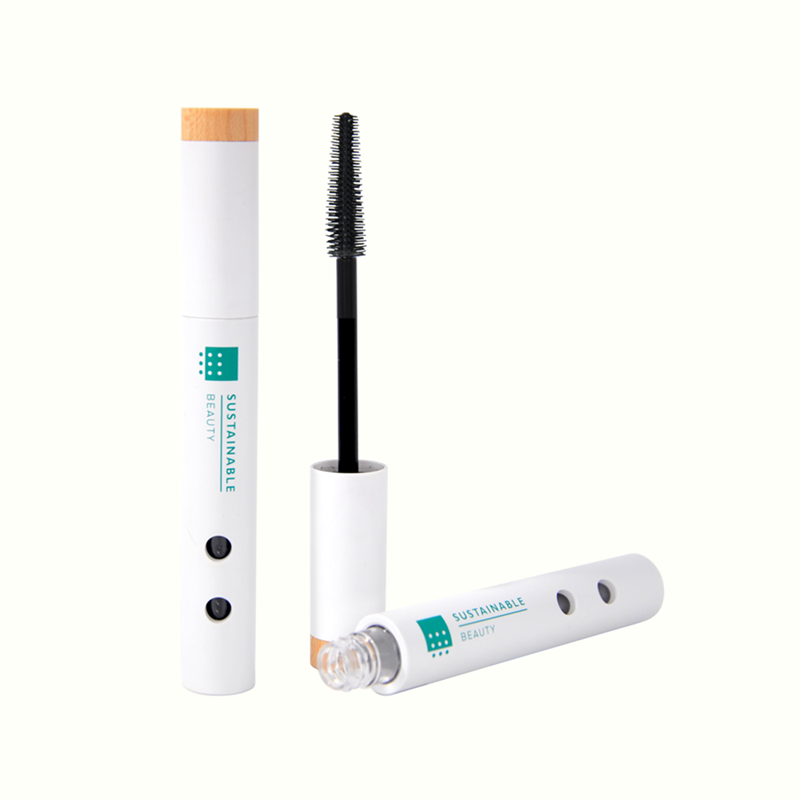100% Original Factory Skincare Packaging - Mono-PE tube with bamboo cap – YiCai
100% Original Factory Skincare Packaging - Mono-PE tube with bamboo cap – YiCai Detail:
Shapes and Design:
1:Diameter 35mm, suit for any products need capacity between 100~150ml ( with different hight), round shape, just perfect size for your Facial cleanser;
2: It could be any solid color , or transparent, or solid color or transparent frosted effect, or pearlescent effect, etc. There are also matt and bright colors options;
3: we could apply off-set printing or screen printing processing on the tube, or even heat transfer printing.(bronzing or silver stamping).
Features
1:We use Mono-PE instead of composite plastic for the tube, at the end of using life, Mono-PE tube is easy for mechanical recycling (including recycling at the same level and degrading recycling) , it retains the economic value of PE raw material.
2: Babmoo cap instead of plastic cap. thanks for the screw we make on bamboo raw maerial, we save the plastic cap, compared with plastic raw material, bamboo is natural, non-tonix, bio-degradable and sustainable.
3: Using bamboo raw material instead of plastic, making people feels high quality with your brands.
4. This PE tube can flexible for lotion or cream tube, and the lid can be equipped with a bamboo lid or a wooden lid, the wooden could provide different wood options base on your brands and marketing needs.
Product detail pictures:
Related Product Guide:
Refillable packaging is a type of packaging that can be reused over and over again, by simply refilling it with the product it originally contained. This type of packaging can reduce waste and conserve resources, as it reduces the amount of disposable packaging that ends up in landfills. Refillable packaging can also be more cost-effective for consumers, as they only need to purchase the product itself and can reuse the packaging. Examples of refillable packaging include refillable water bottles, reusable coffee cups, and refillable soap dispensers. Some companies are also starting to offer refill stations in stores, where customers can bring in their empty packaging and refill it with the product rather than purchasing a new package. 100% Original Factory Skincare Packaging - Mono-PE tube with bamboo cap – YiCai, The product will supply to all over the world, such as: Malaysia, India, Morocco, Low carbon refers to actions or technologies that reduce the emission of greenhouse gases that contribute to climate change. Human activities, such as burning fossil fuels for energy and transportation, releasing methane from livestock and landfills, and deforestation, are the main sources of these emissions. To combat climate change and achieve a sustainable future, we need to transition to low-carbon economies and reduce our dependence on these activities. This requires a significant shift towards renewable energy sources, such as solar, wind, and hydroelectric power, as well as changes in our lifestyles, such as reducing meat consumption, using public transportation, and minimizing waste. By adopting low-carbon practices, we can protect our planet and ensure a healthy and prosperous future for all.
This supplier offers high quality but low price products, it is really a nice manufacturer and business partner.








